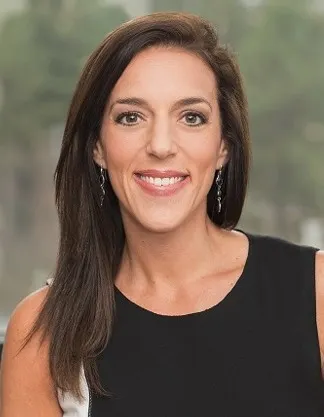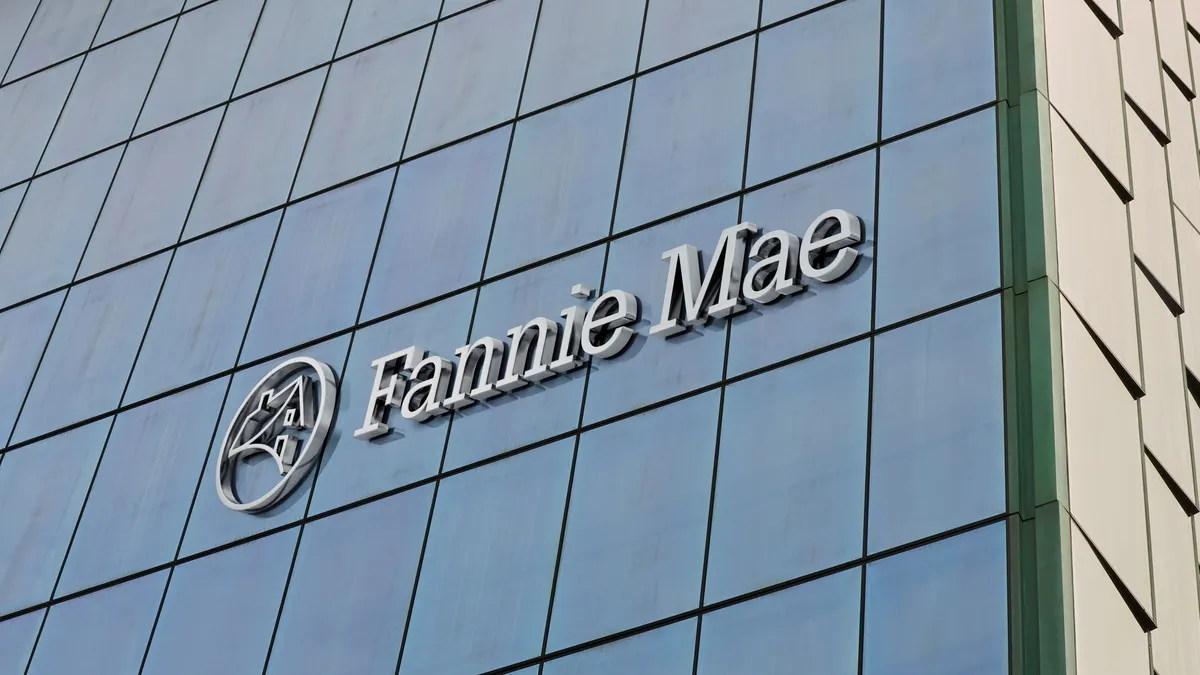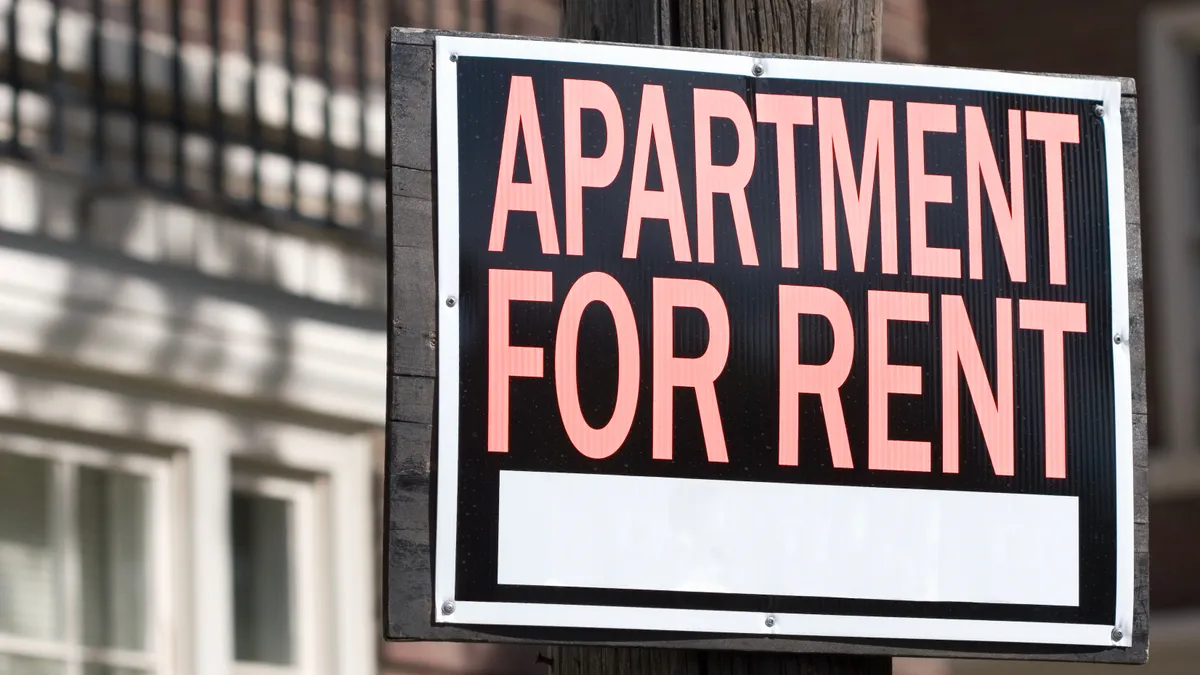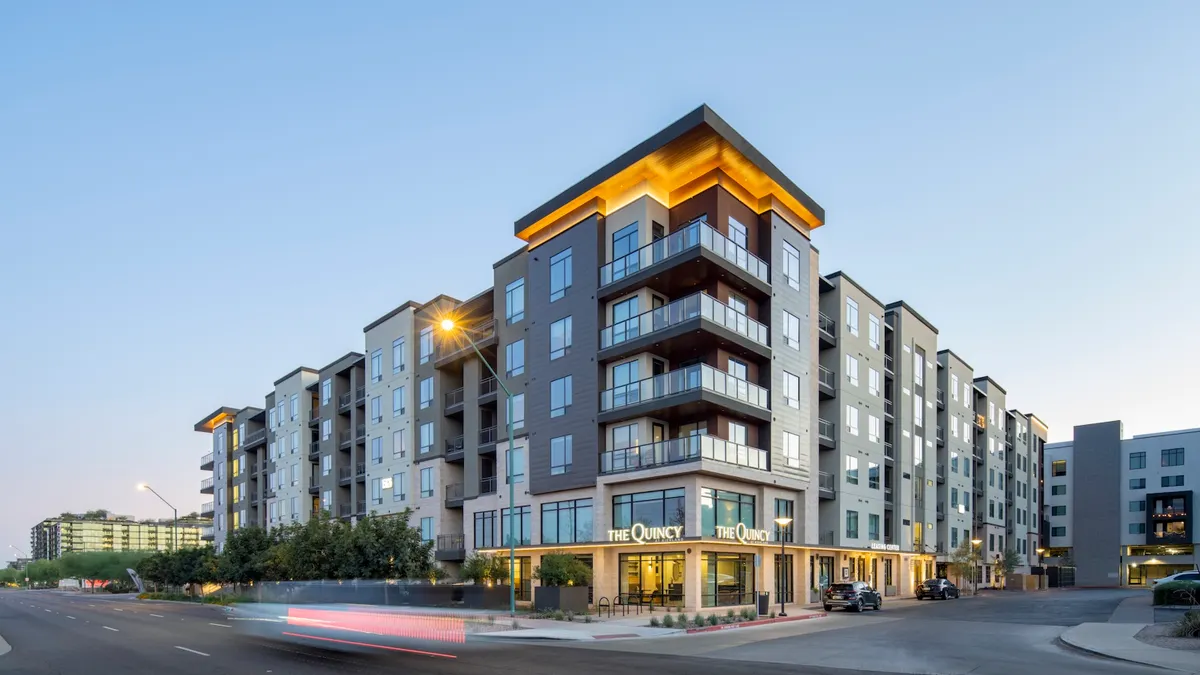Last November, the Federal Housing Finance Agency increased the multifamily lending caps for Fannie Mae and Freddie Mac by 4% year over year to $73 billion each, allowing them to purchase up to $146 billion in multifamily loans in 2025.
In both 2023 and 2024, the agencies didn’t meet their lending caps set by the FHFA. But this year, the situation looks to be different. As the home stretch of 2025 nears, industry executives anticipate that the government-sponsored enterprises will reach their $73 billion thresholds.
“Fannie Mae and Freddie Mac are actively managing the business to reach their production caps this year,” Sharon Karaffa, president of multifamily debt and structured finance for New York City-based real estate services provider Newmark’s Multifamily Capital Markets Division, told Multifamily Dive.
Others see the same thing. “We think both [Fannie Mae and Freddie Mac] will hit their caps this year and have been leaning in to do so,” Kyle Draeger, executive managing director of CBRE, told Multifamily Dive in emailed comments.
There’s even a thought among multifamily professionals that the agencies could exceed their caps, which would require approval from the FHFA, as the GSEs have become more aggressive and creative in lending on conventional apartments this year, possibly to help them prepare for a potential IPO.
However, that feeling isn’t unanimous. Some borrowers still report a backlog and, in some cases, a lack of interest in offering certain loans, particularly as the year draws to a close.
“I've heard, over the last month or two, that it depends on which day you call them,” Jon Siegel, co-founder and chief investment officer at Bethesda, Maryland-based apartment owner RailField Partners, told Multifamily Dive. “They’re super aggressive on some deals, and then very conservative on other deals.”
Competing in the market
About 40% of the debt used to finance apartments typically comes from the agencies, according to Karaffa. When credit dries up from private sources, such as during the global financial crisis of 2007-2009, the agencies take a larger share of the market. When debt is easier to find, they take a smaller piece.
Although finding equity for deals can still be challenging, it's not difficult to find debt right now, according to multifamily lenders, brokers and borrowers.
Brad Williamson, managing director in Miami for New York City-based commercial real estate services firm Berkadia, told Multifamily Dive he believes that banks, debt funds and life companies are all competing fiercely for business this year.

Still, Williamson said the agencies often appear to be the best option. “Freddie and Fannie have been by far the cheapest cost of capital in the market,” Williamson said. “Typically, when you run a process, they stand out as the best option.”
Karaffa said the agencies have been agile and developed offerings to appeal to borrowers. For instance, there’s interest in bringing back variable-rate loans and competing in the structured products market.
“Both GSEs have been competitive in winning business this year and leaning into innovation — creating structures to meet the market and compete with the debt funds,” she said.
While Fannie Mae and Freddie Mac don’t offer construction loans, they have shown interest in helping banks make development deals. “I think they're also trying to figure out how to help banks move business from their balance sheets faster, so that they [banks] can continue lending in the construction financing space,” Karaffa said.
A yearlong trend
Karaffa said Fannie Mae came out of the gate really strong in 2025, after Freddie Mac originated more multifamily loans the year before.
“We've seen both agencies really trying hard to do as much business as they can,” Karaffa said. “We've seen the administration and then FHFA be very pro-production and be working toward reducing barriers to getting deals done. So that's been refreshing.”
While Karaffa said there’s still a heavy focus on affordability and figuring out how to knock supply constraints, there’s less emphasis on tenant rights and similar issues. They are also pursuing class A properties, especially those with an affordability component.

Karaffa and others pointed to Director of U.S. Federal Housing Bill Pulte as a possible driver of the agencies' more aggressive lending stance. Neither Fannie Mae nor Freddie Mac responded to requests for comment from Multifamily Dive for this story.
“The new administration and Pulte are certainly pushing them to do more,” Karaffa said. “I think it's a very pro-housing administration, and so they are pushing the agencies to achieve as much of their cap as they can.”
In an Oct. 23 X post, Pulte suggested that a potential Fannie-Freddie IPO could come as early as this year or in the first half of 2026. Ultimately, it's up to President Donald Trump, he said in the post.
According to Karaffa, the industry believes that it’s time to end conservatorship and that the GSEs' more aggressive lending posture could be a precursor to a public offering. “They need to achieve certain capital levels,” she said. “So perhaps it's driven by returns and doing more business and increasing their capital levels.”
Remaining obstacles
However, Siegel said the agencies’ aggression may vary depending on what product they’re trying to move. For instance, when borrower demand is high for five-year loans, it may become more difficult to obtain those vehicles and lead to more aggressive terms on longer-term debt. Other owners have commented that refinancing has driven a lot of the GSE volume this year.
As the year winds down, some borrowers notice a slowdown in originations from the agencies. “They're probably not going to give you much this year, but they are being super aggressive for next year, thinking that they're going to get pushed by the administration to do more and more business,” Siegel said.
Fannie Mae and Freddie Mac’s competitive approach has also led to bottlenecks. Robert Jue, CEO of Standard Real Estate Investments, which has offices in Los Angeles and Washington, D.C., said the agencies have made capital available to his company, which offers affordable housing.

“The comment I would make about the agencies right now is they’re fundamental to our industry, but they're a little bit backed up,” Jue said. “They're slow right now.”
However, Jue admits the slowdown might be due to the typical rush to close deals before the end of the year. That’s what he encountered on his recent $93.2 million acquisition of Fox Valley Villages in the Naperville/Aurora submarket within the Chicago metro area.
“When we were going through the closing on this one, they [the agencies] said, ‘There's a long queue,’” Jue said. “‘We're trying to get to everything we can, especially as we get into year-end.’”
Even with those backlogs, the agencies should remain popular into the year ahead, as a potential IPO looms.
“Pipelines are still very strong, so they will likely start 2026 strong too,” Draeger said.
Click here to sign up to receive multifamily and apartment news like this article in your inbox every weekday.





















